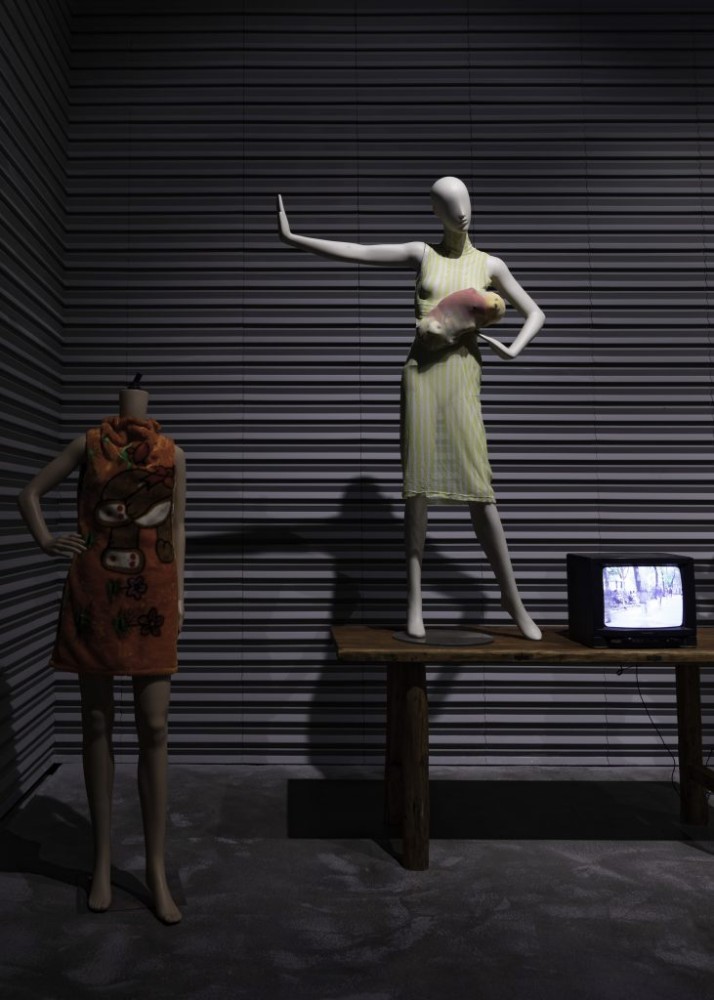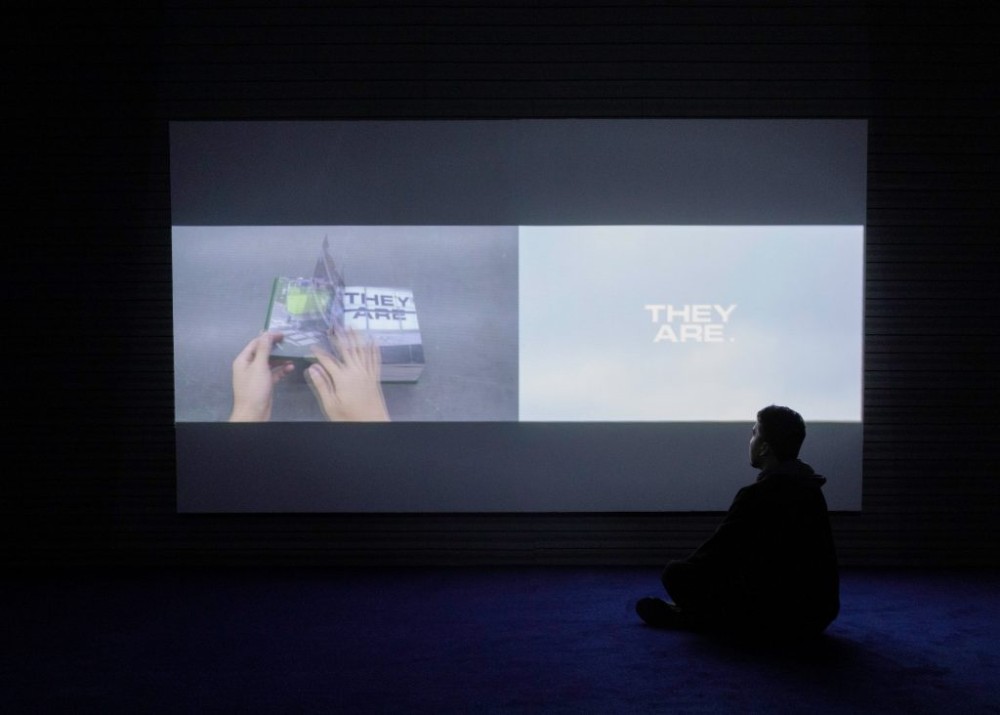Inside 'The Endless Garment: Research Station' exhibition at X Museum
May 25, 2021
X Museum’s latest exhibition explores Asian fashion through the lens of garment production across Southeast Asia and Greater China. Co-curator Poppy Dongxue Wu talks to Natsuki Arita about heritage, identity and the intersection between art and fashion
Described as “an overture of the ongoing research project ‘The Endless Garment’”, The Endless Garment: Research Station brings together the work of 22 artists and designers from 10 countries and regions in Southeast Asia and Greater China. The exhibition – co-curated by X Museum chief curator Poppy Dongxue Wu and guest curator Jeppe Ugelvig – aims to explore fashion production in the two regions as well as their global diasporas to study the ways that Asian fashion is represented as a system and cultural narrative.
We talk to Wu by phone to learn more about her experience curating this highly educational and thorough curation, one that, unlike previous exhibitions, she hopes will continue to grow over time into a truly endless exploration of garments and their production in the age of globalisation.

The Endless Garment: Research Station covers a range of unknown fashion stories and practices. What compelled you to curate an exhibition exploring the fashion industry?
Big fashion empires have taken over the hierarchical narrative of fashion these days but there’s still so much that is hidden in the fashion and art world. Many of those social relations and practices are shooed away from by the mainstream fashion world. We didn’t want to undermine something that’s interesting, but we also wanted to make sure that it’s not just a side discussion of the discourse of fashion.
The exhibition centres around Southeast Asian designers and the fashion landscape in that area. Why did you choose to focus on this region?
The very first factories [that engaged in] mass production of garments were actually in South China – Guangzhou and the Pearl River Delta had the first batch of factories that produced garments. Even though most clothes are produced in China, the authorship has been erased in the supply chain. That’s why we want to focus on South China and Southeast Asia, and incorporate questions about labour and authenticity.
What’s your personal view on the intersection between art and fashion, and how did that inform this project?
It’s a really big topic with many different underlying topics. We have an installation that talks about female labour and the social tensions between big cities in China and rural places. We also discuss the Asian diaspora, and how Asian identities are being manifested in Western countries and in Western contexts.
How were you able to feature such an amazing range of thought-provoking designers and artists?
There are many different guidelines and different directions we wanted to go. For instance, heritage, identity, labour and authenticity were guidelines that helped us look for designers who can really reflect and incorporate these ideas in their core agenda.

The exhibition is incredibly comprehensive. How were you able to pull these themes out of the artists and designers featured in the project?
We didn’t really have a very clear line of whether we wanted to feature – only artists or only designers – so it’s always shaping different phases of the projects. It’s really different if you see the exhibition now versus what Jeppe and I originally wanted it to look like. For the original proposal, we weren’t trying to include any mannequin armies, but, recognizing that mannequins are the actual medium that designers work with, we decided to include them to show those editorial moments. It’s more ephemeral than we expected.
What are your favourite installations from this project?
There are a few people who can represent different aspects of the exhibition. For instance, designer A Sai is based in London, and what he offers to the exhibition is not only the garments that he made but also how he operates his brand. It’s not about the actual designs themselves, but the behind-the-scenes work at his company.
Another example is Joyce, who is a filmmaker also based in London. She showcased a film called NUSHU, which originates from the nu shu writing system from the Qing dynasty shared only by females. I quite liked that project.
There’s also this artist group called CFGNY, they are officially known as Concept Foreign Garment New York and, unofficially, as Cute Fucking Gays New York. They kind of do art projects in fashion ways and fashion projects in art ways, so they’re constantly asking the question, “What’s your conception of Asian identities?” That one was really nice; I love that they do really different things.
What was the motivation behind covering the fashion supply chain?
We wanted to focus more on emerging designers, some of whom are filmmakers and artists as well so it’s not really about the designers. Instead, we are trying to engage with every role that’s involved in the fashion industry and not just one specific point of view, so it’s somewhere in between fashion and contemporary art. One of the main entry points for this research project is to see this industry as an “atom of globalization”.
Do you think The Endless Garment: Research Station has the potential to answer some of these questions about the globalisation of fashion?
I heard a lot of comments saying we’re being a bit too ambitious – throwing out those questions and squeezing everything into a 200sqm exhibition space. I think the point of making an exhibition is not really about answering anything; it’s about asking questions. It’s about doing that research and inviting everyone to contribute in different ways.
Learn more about The Endless Garment: Research Station
See also: Let’s talk art: Evan Chow gets candid with Candice Lee



























